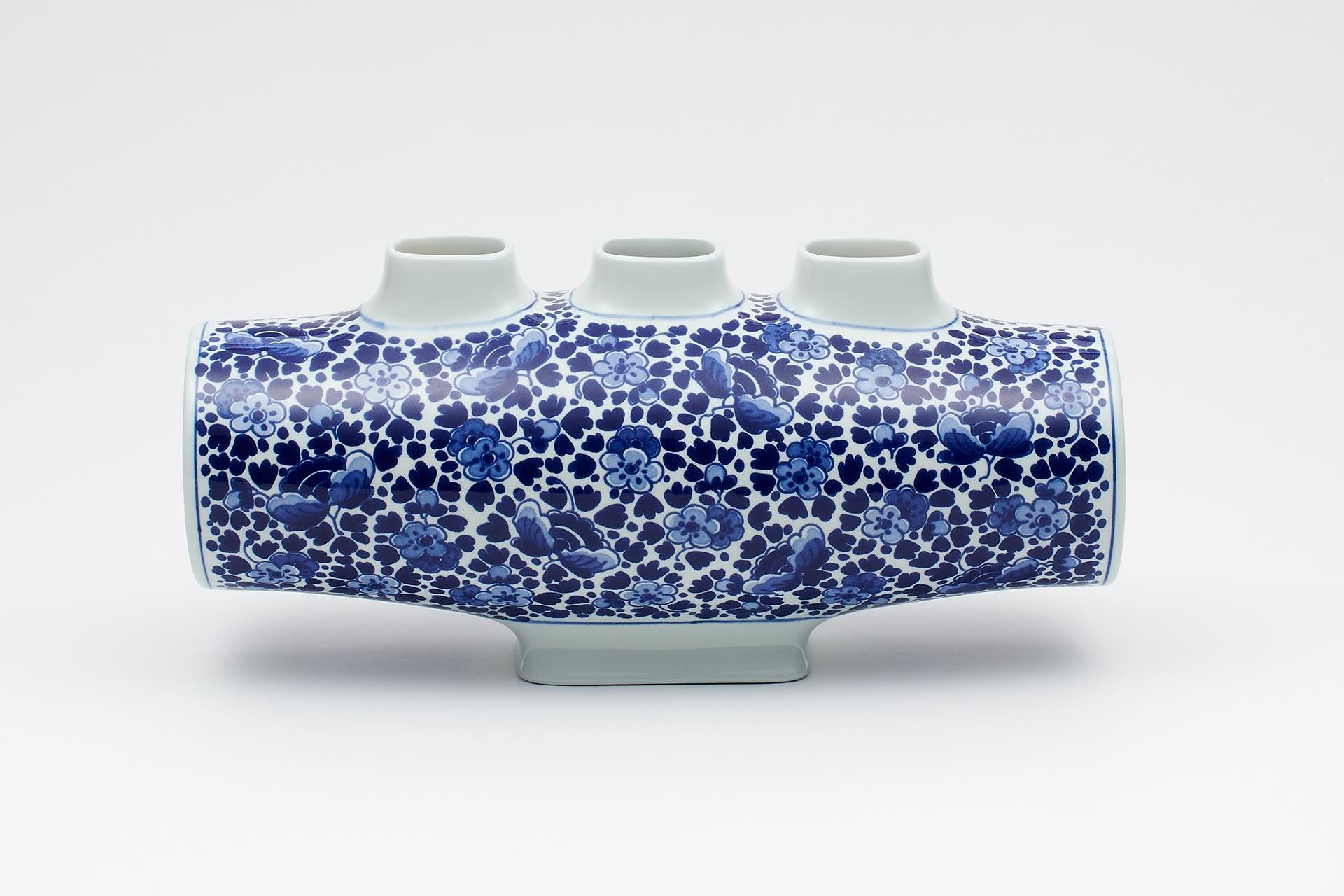21st Century
The first two decades of the 21st century were characterised by the juxtaposition of digital and analogue production methods. In the case of CAA - Computer Aided Art – the computer serves as an aid for programmed forms and structures; in Computer Aided Design (CAD) computers support two and three-dimensional construction. Both techniques have their roots in the 1950s and ’60s. CAD in particular has become a standard industrial tool due to the possibility to handle ever-larger amounts of data.
The early 1980s saw the first important steps toward 3D printing, which today is an important tool in industry, research and science.

Nevertheless, digital techniques are not used exclusively, but rather alongside, analogue methods. A good example is a range of vases by the Dutch designer Marcel Wanders: it begins in 1997 with Ming, a vase that takes the form of a 2,000 year-old Chinese vase, moulded in white porcelain, and continues with the Delft Blue series that plays with 17th century motifs and vessel shapes, right through to a vase from the Airborne Snotty mini series. The manufacturing process was completely digital – from 3D scanning to computer processing and 3D printing.
